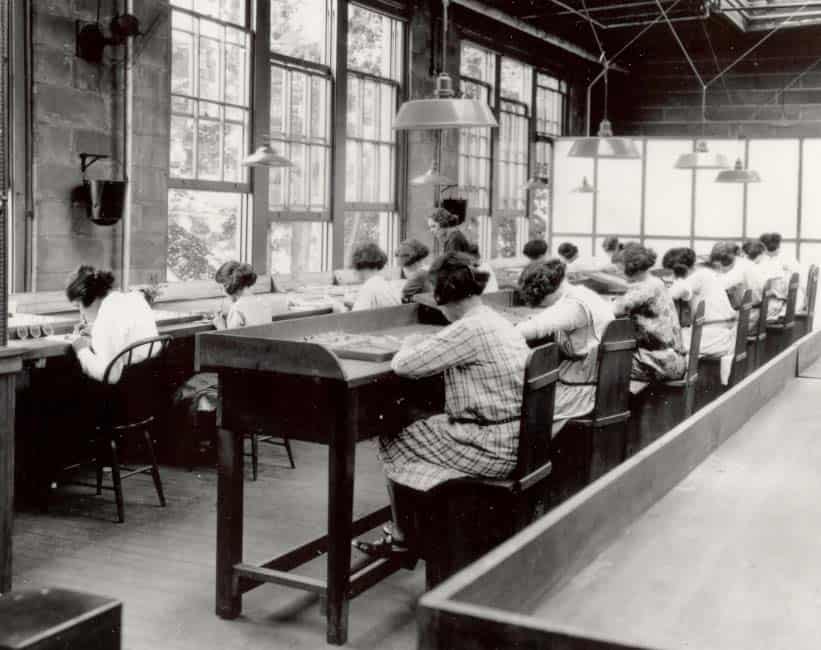Experimental Laser Physics
We use lasers to investigate atomic and molecular structure, including single-photon tests of quantum mechanical principles. The FMU Laser Laboratory has a variety of laser systems that can be used for research, including a high power Nd:YAG laser, a nitrogen laser, numerous diode lasers, Helium-Neon lasers, and a grazing-incidence dye laser.
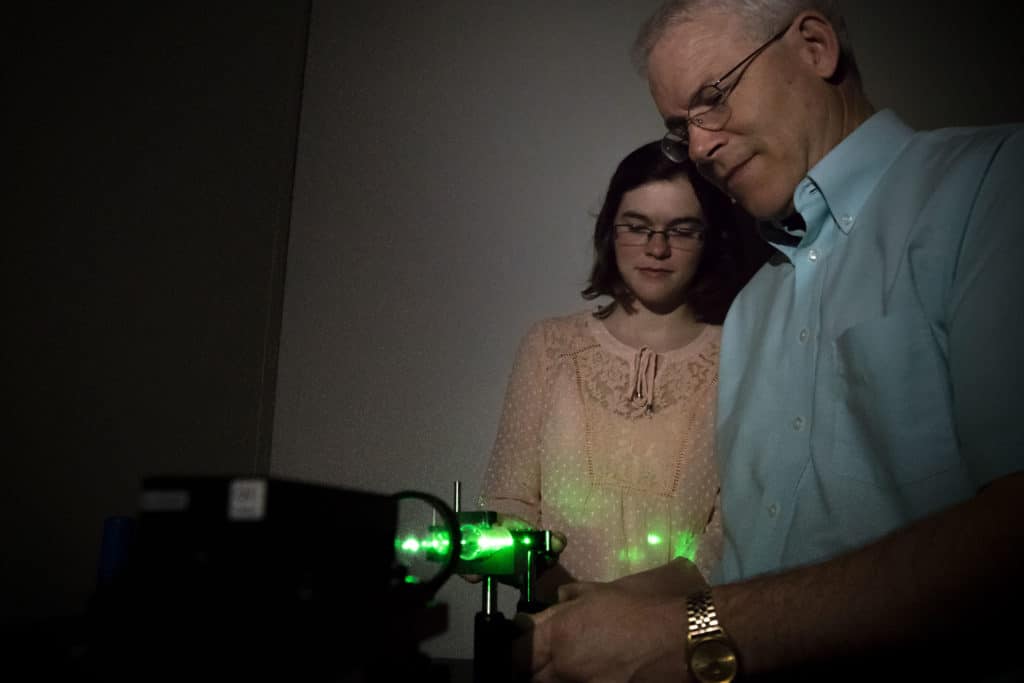
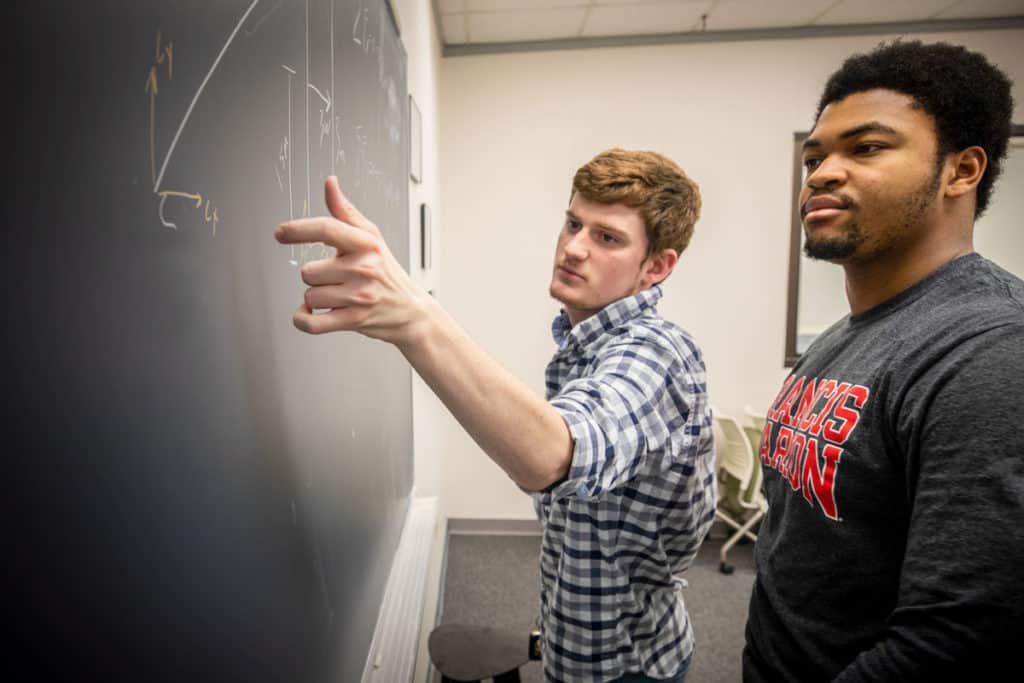
AI in Engineering Design and Manufacturing
We use artificial intelligence (AI) techniques to 1) help product designers make better decisions, 2) reduce products’ time-to-market and costs involved, and 3) train manufacturing workforce. This applied research involves collaboration with many industries and with multiple universities.
Computational Solid State Physics
Everything is made of atoms, and just about every technological advance of the past 70 years started by studying how those atoms and their electrons behave. We use supercomputers (including the Patriot HPC Cluster) to figure out how materials work, from why steel is so strong to why some materials make good superconductors, qubits, thermoelectrics, solar cells, or batteries. Undergraduate researchers learn computer skills while exploring the world at the atomic scale, and may even help discover a new material!
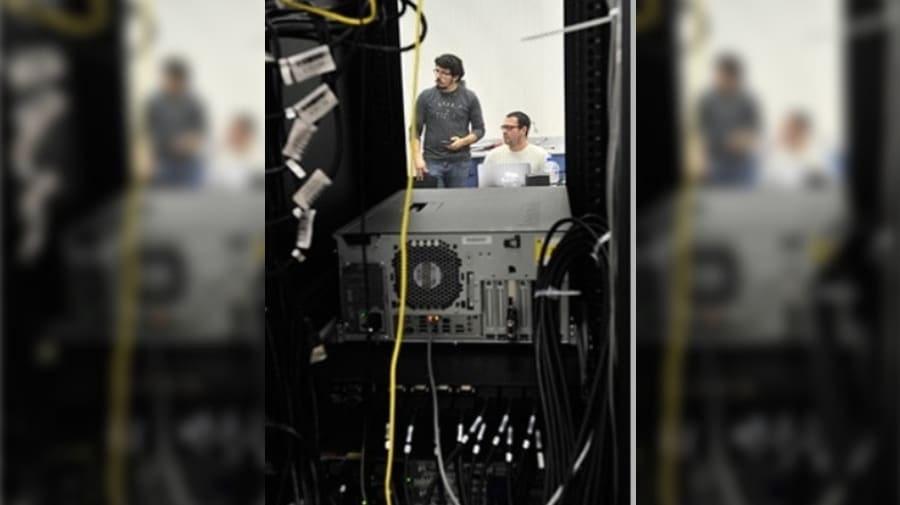
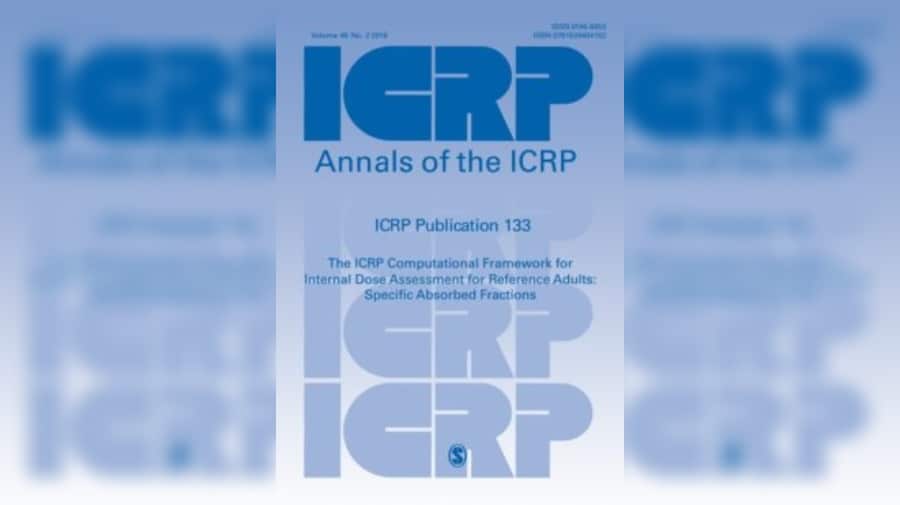
Radiation Dosimetry from Internal Radionuclides
The calculation of radiation doses resulting from the ingestion, inhalation, or injection of radioactive material requires knowledge of how the material moves throughout the body with time as well as knowledge of the emitted radiation properties and ultimately how much energy is absorbed in the body’s tissue per unit mass. Mathematical models are developed to describe these quantities. At FMU, we are involved in both the development of some of the models and in performing the complex calculations which use the models.
Radium Dial Workers
Following the discovery of radium by Marie and Pierre Curie in 1898, manufacturers began using the radioactive material in the early 1900s to produce luminescent dials for watches and gauges. The dials were painted by hand, largely by young women who in the early years often used their mouths to keep a fine tip on their brushes. We are involved in a reassessment of the radiation doses to a cohort of radium dial painters resulting from intakes of radium.
